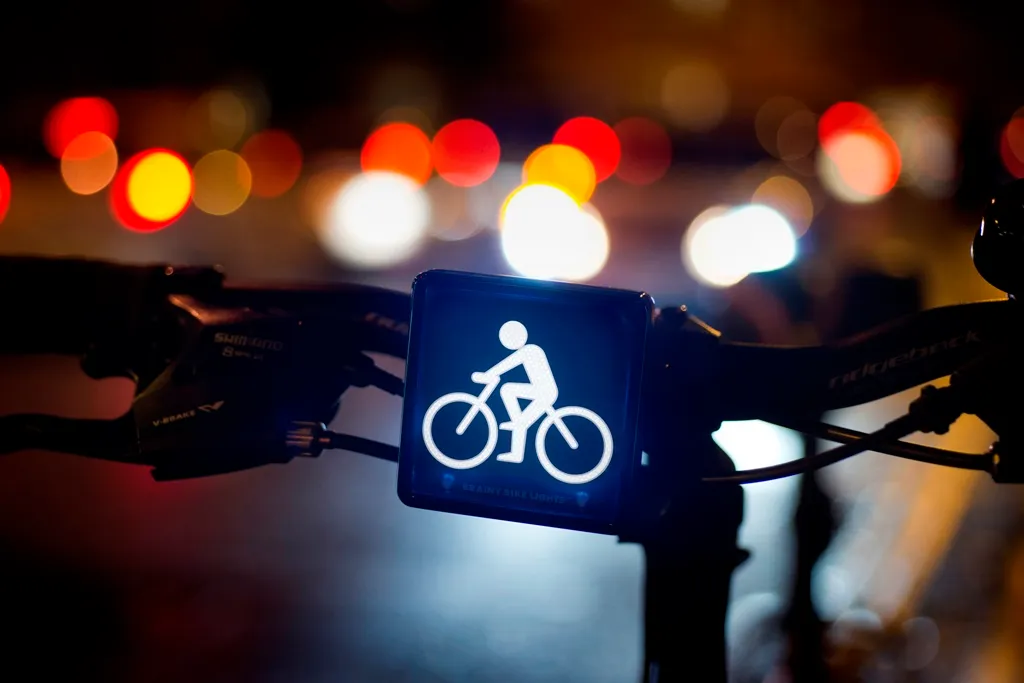A behavioural expert has developed a set of urban bike lights that speeds up a driver’s ability to recognise a cyclist and so helps avoid accidents.
That’s the claim of Crawford Hollingworth’s patent-pending Brainy Bike Lights, which make use of the brain’s ability to rapidly process symbols and imagery – and he’s got Oxford University research to back up his claims.
The light, which features a sophisticated illumination of the international icon for cyclists, is designed to tap into 'System 1' thinking, which is intuitive rather than cognitive. The shift means motorists could reach a decision on how to react a split-second sooner and, if needed, take evasive action to avoid an accident.
The Department for Experimental Psychology at Oxford University carried out three experiments to investigate how quickly subjects were able to process different types of bike light – including the Brainy Bike Light – in front of them. Their reactions were quicker to the Brainy Bike Light than the other lights used.
Professor Charles Spence at the Experimental Psychology Lab said the drivers reacted an average of 100 milliseconds more quickly to the new lights than to standard lights, which equated to 1.3m of extra stopping distance at 30mph.
"This bike symbol light could make a major contribution to cyclist road safety," said Prof Spence.
The front and rear LED lights are designed to be visible at acute angles and a distance of 20m. The front has a battery life of 50 hours on flash programme, the rear lasts nearly 200 hours.
The lights costs £45 via Brainy Bike Lights and will be available for shipping from 15 April.
Prof spence on the brainy bike light
Video: Professor Spence explaining how the Brainy Bike Light works

